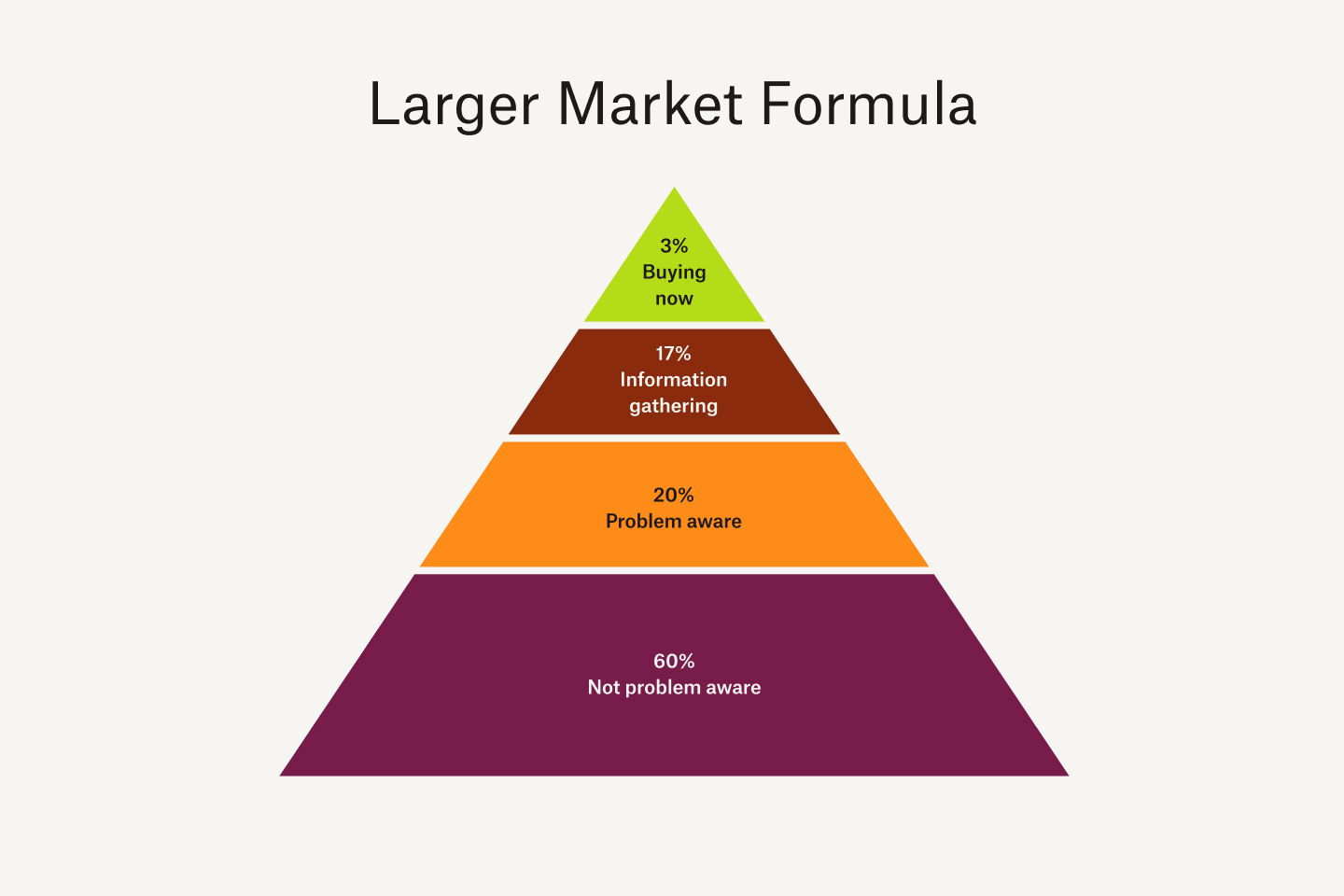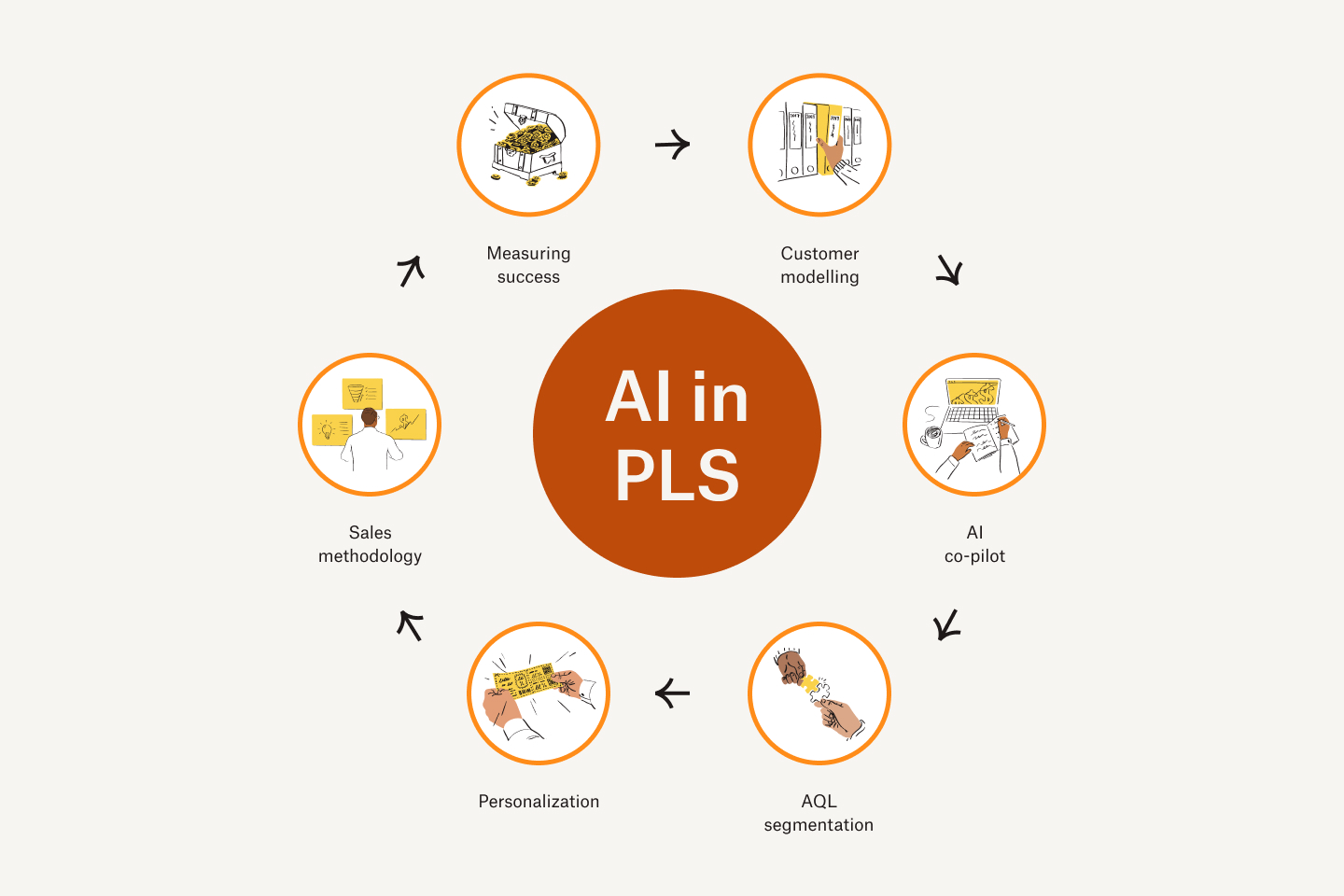By Alan Brennan, Director, Dropbox Technical Solutions – International
Stop wasting time on unqualified leads! According to a 2022 survey of marketers, 61% of respondents reported lead generation to be the top challenge in their work. And when leads are found, 50% of a rep’s time is spent chasing unqualified leads, with only 25% of leads deemed legit enough to pass to sales! Bad leads not only waste time and resources, but they can bottom out your bottom line if not addressed promptly.
With the recent advancements in AI (conversational AI, chatbot assistants, personalization), now is the time to examine how AI can systematically influence your sales process by enriching lead qualification to increase conversion rates.
While I will not overstate my qualifications in this space, as the Director of Technical Solutions at Dropbox, I’m far enough along with researching and tinkering to shine a light on where I see real opportunity for sales teams. What follows is my effort to explore the role of AI in product-led sales and how businesses ought to leverage this technology to scale teams and drive net new sales.
But first, some terms…
What is product-led sales?
Product-led sales (PLS) is a customer acquisition model whereby businesses prioritize the product experience and the value it provides to the user, over the traditional sales approach that focuses on selling the product features or benefits.
- Old way: Sales, then product
- New way: Product, then sales
With product-led sales, users often start with a free or trial version of the product and then upgrade to a paid version to unlock features as they recognize the value it offers. Many B2B companies employ this strategy today (for example: Dropbox, Slack, Hubspot, and Zoom). This approach is effective because it allows users to experience the value of the product before committing to a paid subscription.
What is AI?
Traditional Artificial intelligence (AI) is the simulation of human intelligence processes by computer systems and generally relies on pre-defined rules and explicit programming (e.g. rules-based chatbots). Generative AI is a more nifty, modern approach which is designed to generate new content or perform tasks without relying on explicit programming. It has recently become mainstream on the back of breakthroughs in large language models (LLMs) like DALL-E or GPT-XX to generate human-like responses to text-based queries.
In the context of this blog, AI refers to inferring customer behavior, preferences and needs in order to hyper-segment sales leads and deliver a personalized experience with the right content at the right time to improve chances of conversion.
An AI-first PLS strategy
How many times has your head hit the desk just trying to understand your leads? We’ve heard of MQLs (Marketing Qualified Leads), SQLs (Sales Qualified Leads), even DQLs (Demo Qualified Leads), but what about AQLs (AI Qualified Leads)… one that supersedes all of the above?! Imagine a co-pilot that models an AI-qualified sales lead predicated on an engagement score according to historical and real time data. The engagement score updates in real time based on live client interactions.
For example:
| Historical datapoints [examples only] | Real-time data points [examples only] |
|---|---|
|
|
AQL segmentation
AQLs are then categorized based on engagement score and routinely fed into a seller’s book of business for follow up. How you categorize your leads is up to you. As a reference, I like the The Larger Market Formula, as popularized by Aaron Ross in his book "Predictable Revenue.” It segments the entire audience of buyers in any market into four key categories:

- Buying Now: Prospect in ‘hunt’ mode for a solution. High propensity to buy. HOT LEAD

- Information Gathering: Prospect actively researching and open to buy. WARM LEAD

- Problem Aware: Prospect not actively searching but open to buy. LUKEWARM LEAD

- Problem Unaware: Prospect not actively searching, no expressed issues. COLD LEAD

Most companies treat every lead like the 3% who are ready to buy now. They have no systems in place to capture and nurture the 97%. That’s where the whitespace is. The key is to install a system that Attracts, Educates, Nurtures and Compels prospects to act. Understanding where your lead is in the buying cycle and matching the temperature of your lead with a targeted intervention is critical to maximizing conversions. I come back to my good friend – the sales methodology – from my previous article to help facilitate this.

AI in PLS scaling flywheel
So putting it all together, what does this look like?

- Customer Modeling: The flywheel starts with modeling customer data, which can be gathered through a variety of historical and real time data points as outlined above.
- AI co-pilot: AI-powered tooling will create a knowledge graph to generate AQLs for segmentation. Find those high quality leads hiding in plain sight and weed out the duds.
- AQL segmentation: Segmenting leads by engagement score helps sales teams allocate resources more effectively and develop targeted strategies for each customer group.
- Personalization: Using AI-powered insights to infer user profiles, sales teams can personalize their approach to each customer, providing tailored recommendations and solutions wrapped up in an irresistible offer that compels the prospect to buy.
- Sales methodology: This is the glue between all interconnected components. It provides a structured framework that helps align scaled initiatives across GTM teams, thereby creating a playbook that maximizes chances of converting high quality leads.
- Measuring Success: Determine what actions lead to desired outcomes. Continuous feedback loop to further optimize the AQL engagement score.
Benefits of AI in PLS
Overall, AI has the potential to influence a wide range of outcome-based metrics in product-led sales, including:
- Customer acquisition costs
- AI can help businesses lower the cost of customer acquisition in several ways: 1) chatbots and virtual assistants provide customers with personalized recommendations and question answering in real-time, 2) automated lead scoring (AQLs) based on likelihood to convert 3) personalized marketing with automated call to action triggers based on lead score
- Upsell and cross-sell opportunities
- AI propensity modeling can help businesses identify upsell and cross-sell opportunities by analyzing customer data, behavior and product usage patterns.
- Conversion rates:
- Using the concept of AQL segmentation as described above, AI tools can recommend products or services in real time that are most likely to meet each individual customer's need, ultimately increasing the likelihood of a successful sale.
- Sales team productivity
- AI can help businesses unlock a new wave of productivity growth by automating their busy work. An AI co-pilot cuts through the clutter by handling data intensive tasks like automated lead scoring, segmentation and personalization. It allows for the right customer interaction, at the right time (based on thousands of data points) to help drive a successful outcome, thereby making it easier to scale product-led sales efforts and convert a growing user base.
AI governance
Any conversation around AI and its capabilities would be incomplete without discussing AI governance. We are already seeing calls to pause development until we understand the true impact of this technology, but Schrödinger's cat is already out of the box and well and truly alive! So much so that free open source alternatives have been quietly eating the lunch of Google and OpenAI. This presents both challenges and opportunities: challenges with respect to fraud and the regulation of private models that run in-house but also opportunities in accelerating innovation and solving for niche use cases larger players deem unprofitable.
Most of the value creation will not come from the models themselves or using them directly with chatbot assistants like Bard or ChatGPT, but from how these models will be used and integrated into existing or new products. I can envision a world where AI-powered tools become the primary driver of product-led sales, transforming the way companies market and sell their products. I’m also hopeful that the democratization of AI will allow for greater transparency and accountability in how AI is used and its impact on society.
Embracing AI in PLS
There is something legendary and historic happening in the world of AI today and yet most of us don’t realize how big it is. AI is revolutionizing almost every industry and sector and its ability to enrich the B2B sales process can truly be transformational. PLG (product-led growth) companies create a goldmine of product usage data, yet most of it is incomplete, siloed, or not used at all. An AI co-pilot automates the drudge work and makes connections between vast data sets that salespeople can’t make. A sales methodology brings operational rigor to the overall sales process. Combining both in a systematic manner maximizes the chances of detecting, nurturing, and converting AQLs at scale in product-led sales.
Instead of replacing us, machines will augment us. They will dedicate all of their processing power to help us make the most of our processing and personal power. The simple truth is…if you are not embracing AI in your sales process, you are going to be left behind.




